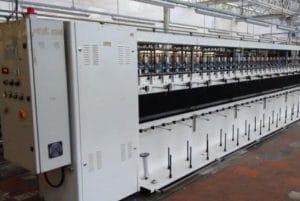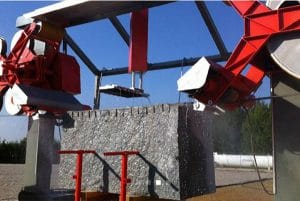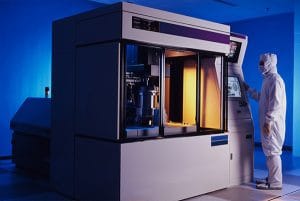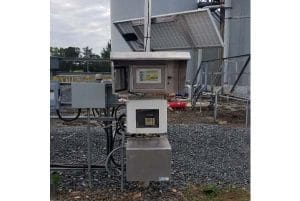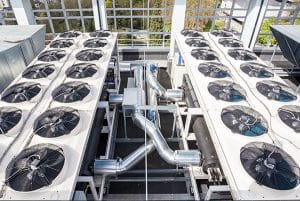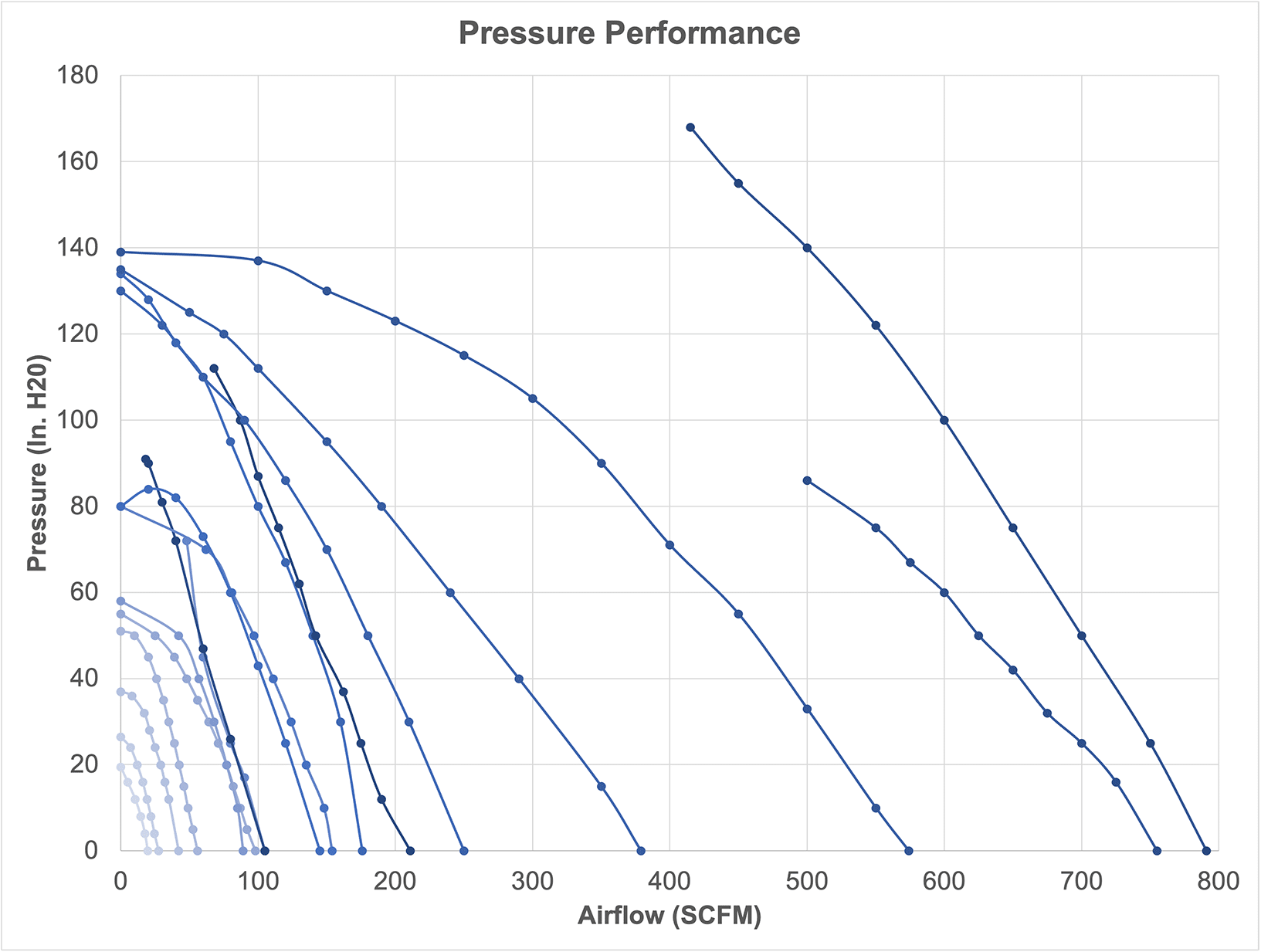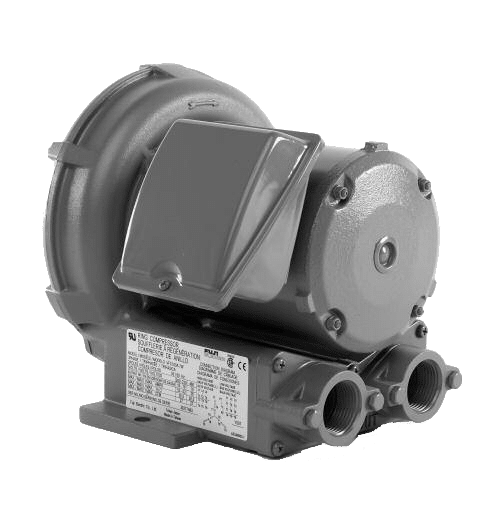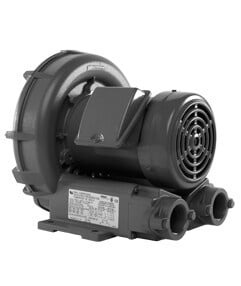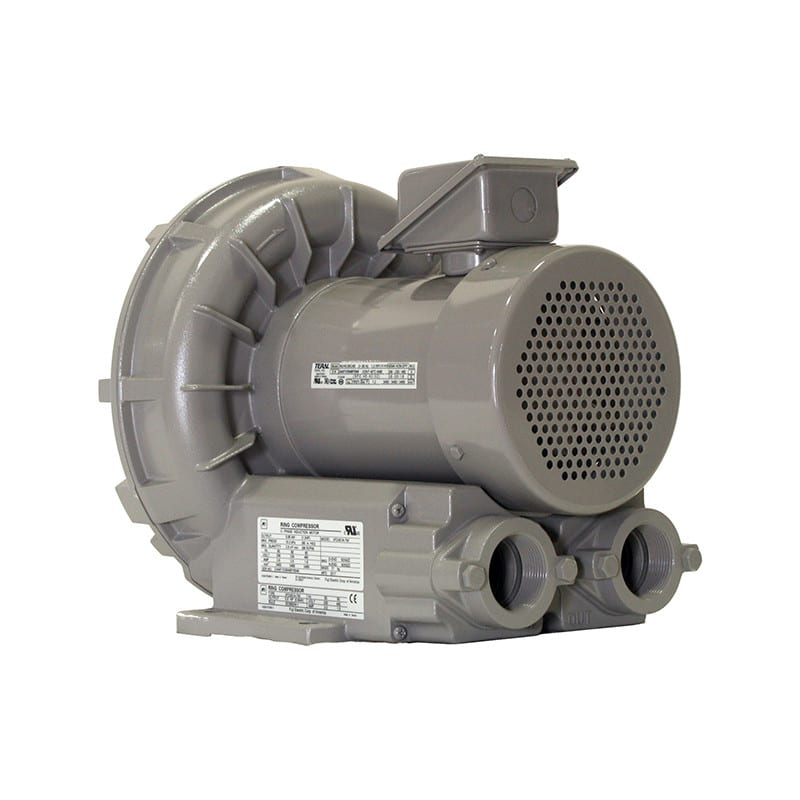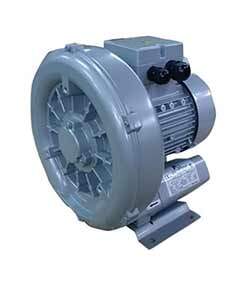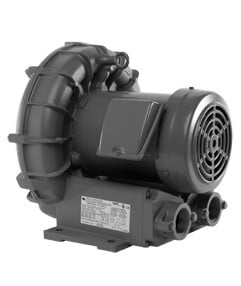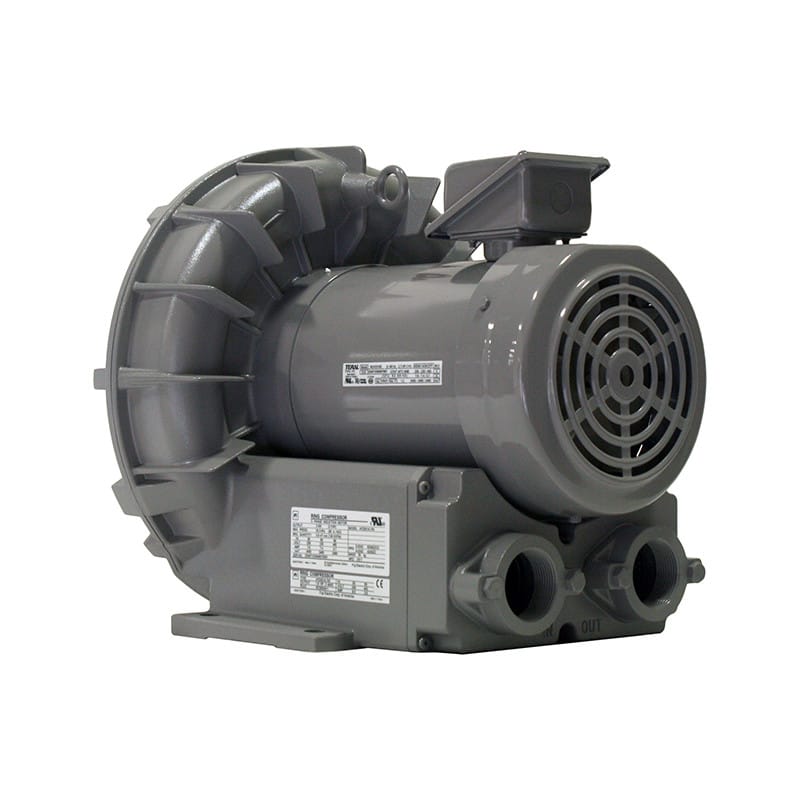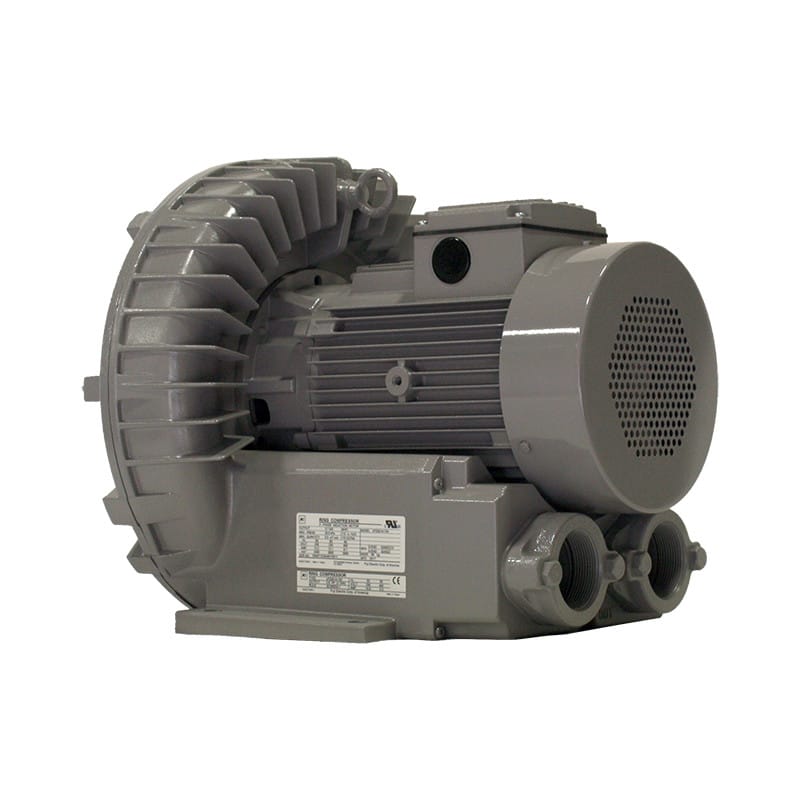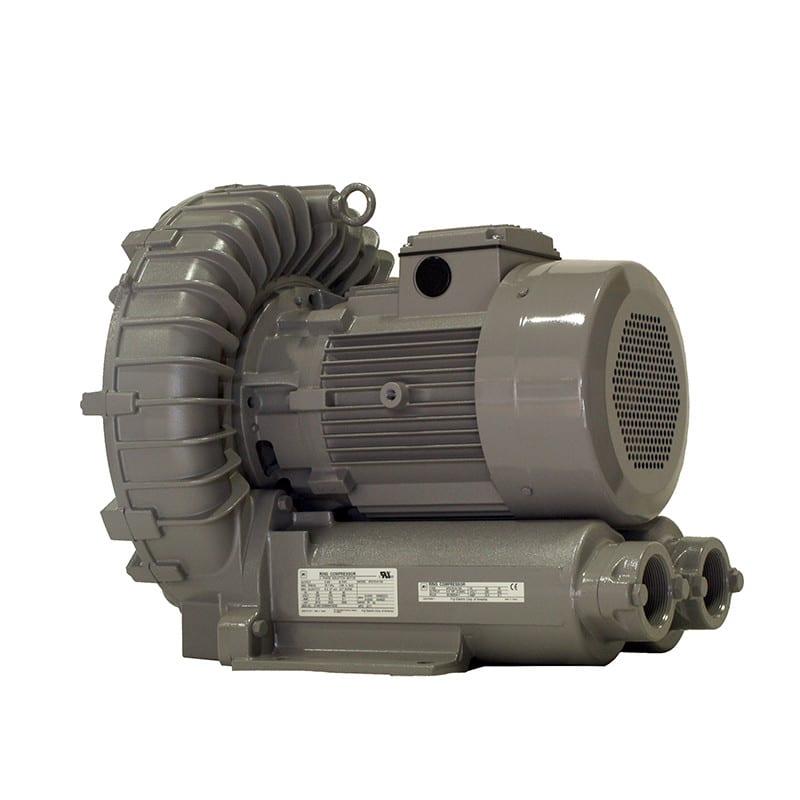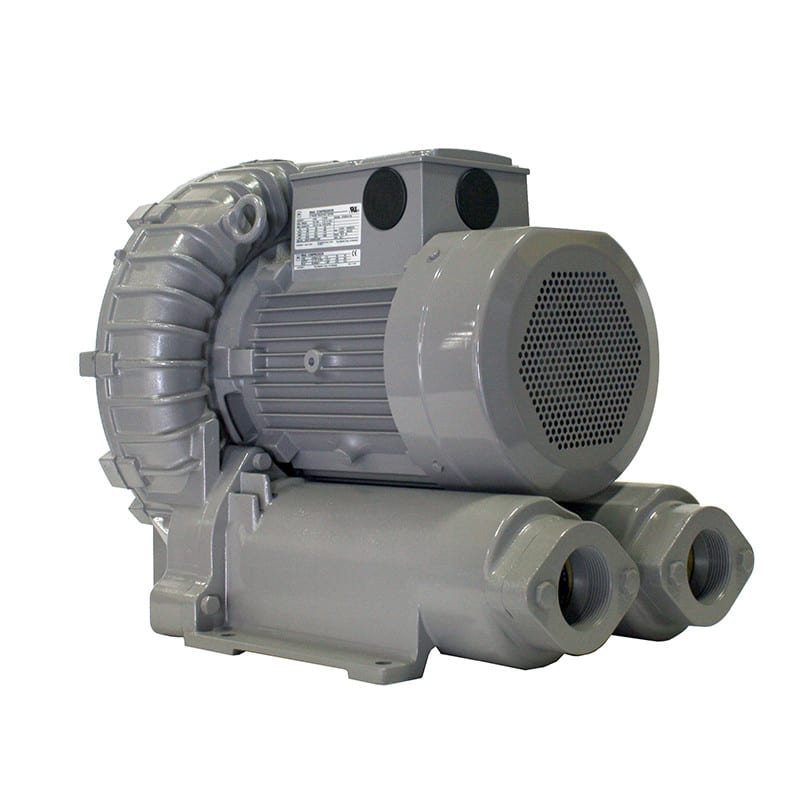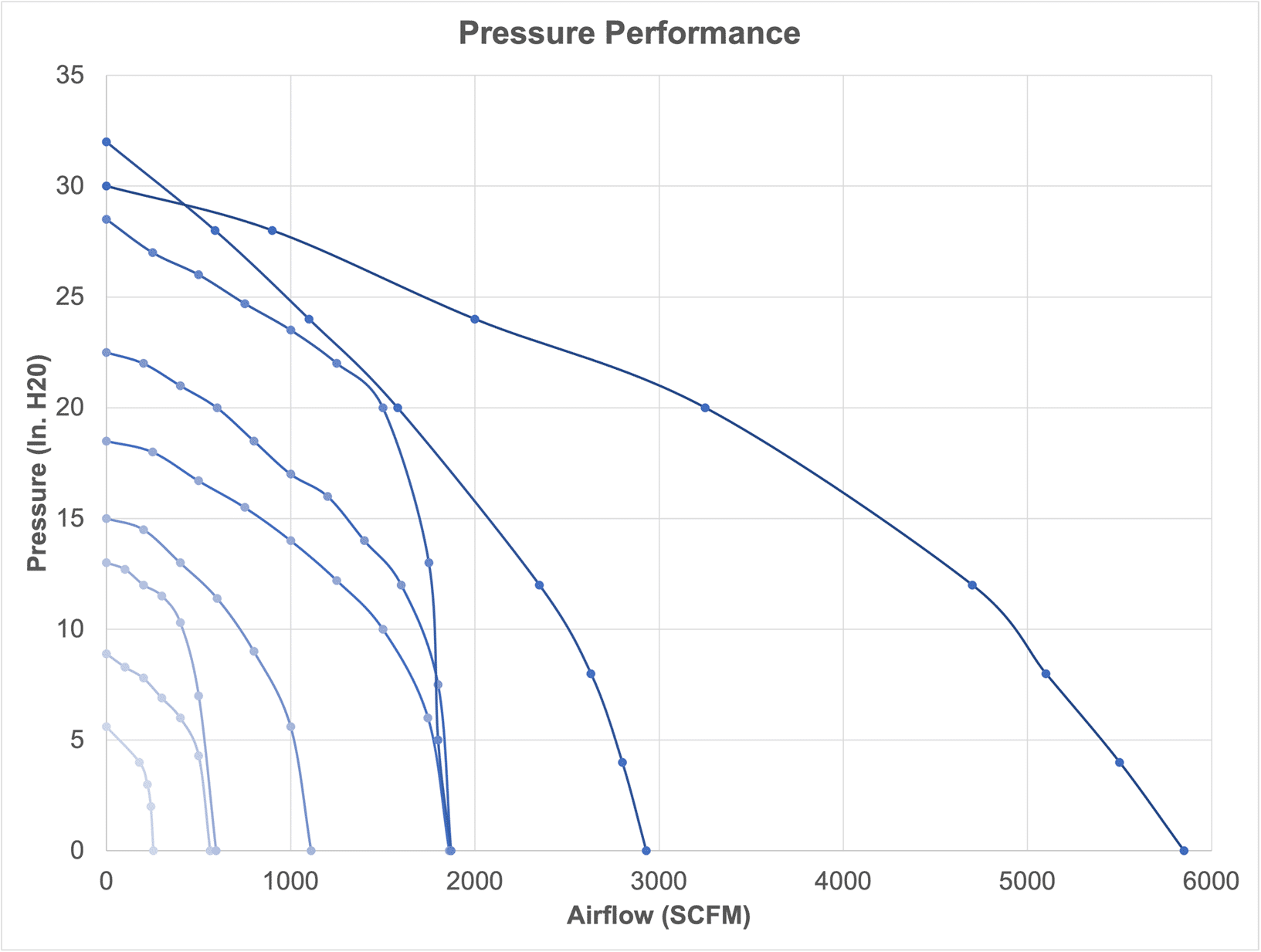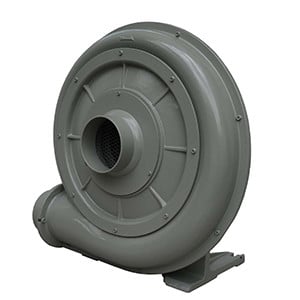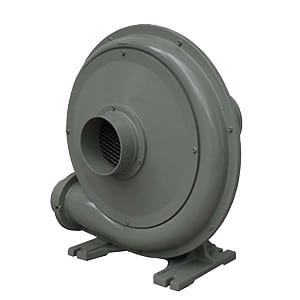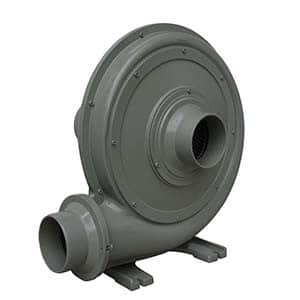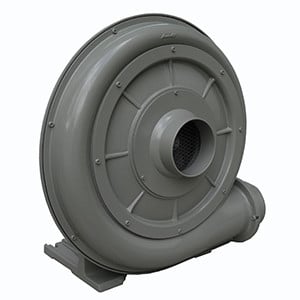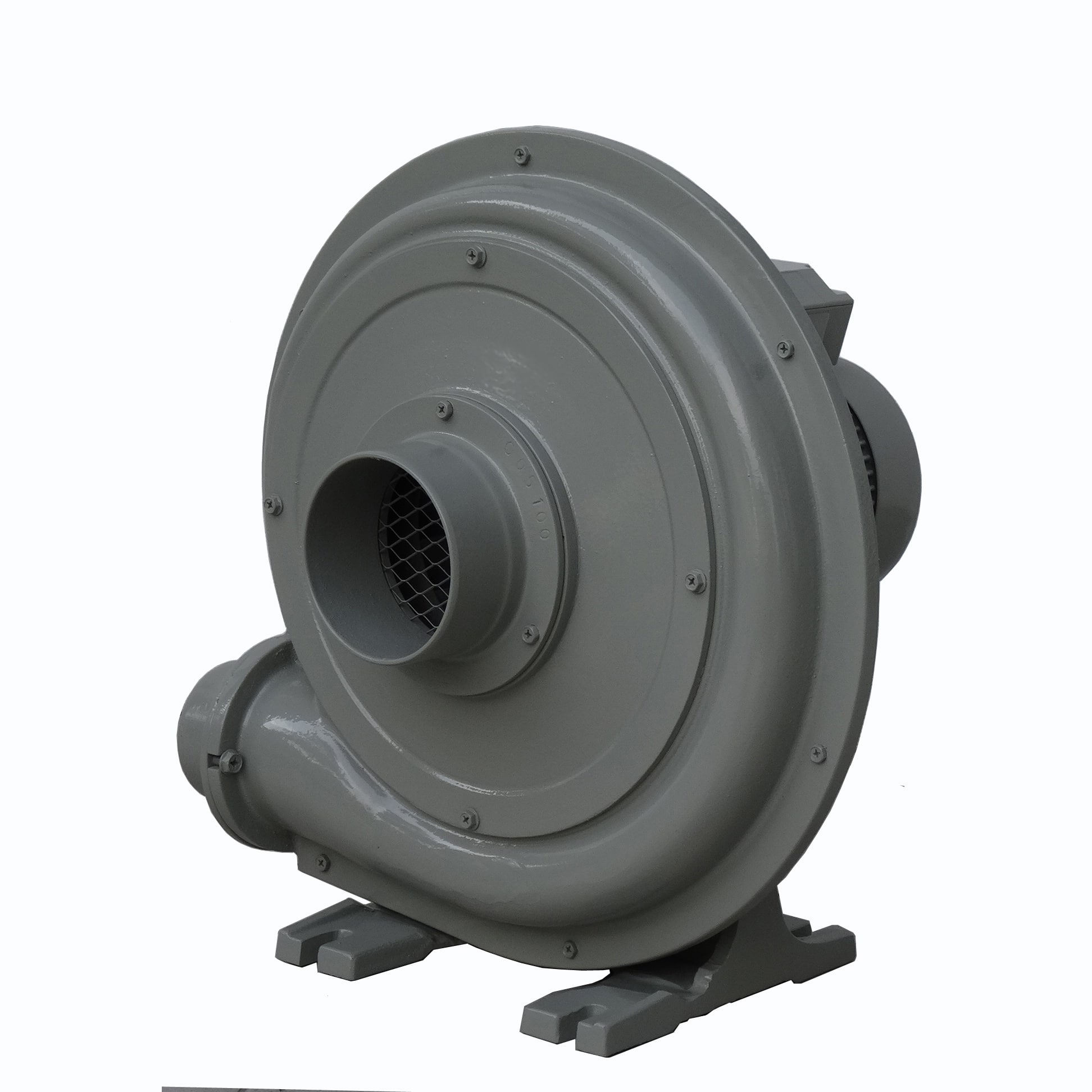Thermal overload relays are protective electrical devices used to prevent electric motors and other equipment from overheating and sustaining damage due to prolonged overcurrent conditions.
Here’s an overview of their characteristics and function:
- Operation Principle: Thermal overload relays operate based on the principle of thermal response to excessive current. They contain a bimetallic strip or element that heats up and bends when exposed to sustained overcurrents. This bending action triggers a mechanism that opens the circuit, thereby cutting off the power to the motor or device being protected.
- Overload Protection: The primary function of a thermal overload relay is to protect motors and electrical circuits from damage caused by overloads. An overload occurs when a motor or circuit draws more current than it is designed to handle for an extended period, which can happen due to mechanical overloading, a jam, or a failure in the driven equipment.
- Reset Mechanism: After tripping due to an overload, most thermal overload relays require manual resetting. This feature ensures that the cause of the overload is investigated and corrected before the motor is restarted.
- Adjustable Settings: Many thermal overload relays offer adjustable trip settings. This allows the relay to be calibrated to the motor’s normal operating current, providing precise protection tailored to the specific requirements of the application.
- Integration with Motor Starters: These relays are often integrated into motor starter assemblies, working in conjunction with contactors. The contactor controls the power supply to the motor, while the thermal overload relay provides the necessary protection.
- Time Delay: The thermal nature of the relay provides an inherent time delay, which helps to avoid nuisance tripping during brief overcurrent events, such as those occurring during motor startup.
- Phase Failure Sensitivity: Thermal overload relays can also provide protection against phase failure (single phasing) and unbalanced currents, which are common causes of motor overheating.
- Simple and Cost-Effective: Compared to more sophisticated electronic protection devices, thermal overload relays are relatively simple and cost-effective, making them a popular choice for motor protection in various industrial and commercial applications.
In summary, thermal overload relays are crucial for safeguarding electric motors and other equipment against damage due to overloads. They provide reliable, adjustable, and cost-effective protection, ensuring the longevity and safety of electrical installations.





